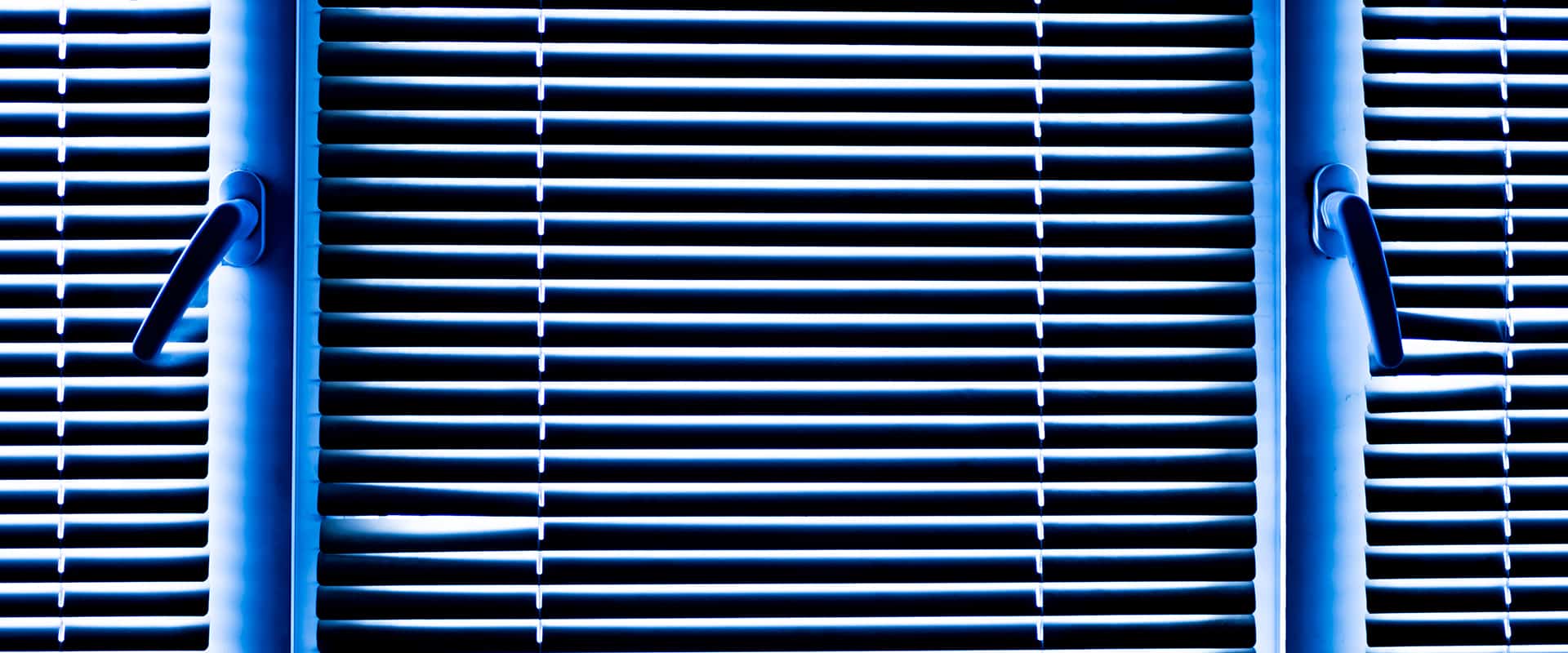Indoor air quality issues
Indoor air quality is a crucial issue for everyone’s health and well-being. Indeed, according to the World Health Organization (WHO), indoor air pollution can have harmful effects on health, such as respiratory diseases, allergies, heart disease, and even cancer. However, it is estimated that we spend on average nearly 90% of our time indoors, whether at home, at work or in other enclosed spaces. In this context, it is therefore essential to ensure the quality of the air we breathe at home. That’s why installing an air exchanger can be an effective solution to improve the indoor air quality of your home. In this article, we will explain what an air exchanger is, how it works and what its advantages are.
How does an air exchanger work?
An air exchanger is a system that renews the air inside your home while minimizing heat loss in winter and coolness loss in summer. It is designed to recover heat from the air leaving your home and use it to warm the incoming air. In winter, it can recover up to 80% of the heat from the outgoing air, while in summer, it can pre-cool the incoming air, reducing the air conditioning load on your home.
The operation of an air exchanger is relatively simple. It consists of two independent air circuits: one for incoming air, the other for outgoing air. The two circuits are separated by a heat exchanger, which allows heat to be transferred from one circuit to another without ever mixing them. The air leaving your home is extracted by a fan and passes through the heat exchanger, where it yields its heat to the incoming air. The incoming air is then diffused into your home through ducts.
There are two types of air exchangers: heat recovery exchangers (HRAs) and energy recovery exchangers (EREs). HREs only transfer heat, while ERE transfer both heat and moisture. ERAs are more effective than HRE in very cold and dry climates, where humidity can be an issue.
In addition to allowing for more efficient air renewal, an air exchanger can also help remove pollutants from indoor air, such as allergens, mold, bacteria, and volatile organic compounds (VOCs). This can significantly improve your home’s indoor air quality and help prevent health problems related to poor air quality, such as allergies, asthma, and respiratory diseases.
The benefits of an air exchanger for indoor air quality
An air exchanger can significantly improve the indoor air quality of your home. Indeed, it makes it possible to renew the ambient air by extracting stale air and replacing it with fresh air. This helps reduce the levels of CO2, moisture, pollutants and allergens in your home, which can benefit your family’s health.
In addition, an air exchanger can help reduce condensation and moisture in your home, which can prevent the growth of mold and bacteria. Finally, it can help improve the thermal comfort of your home, helping to maintain a constant temperature and humidity.
All these benefits combined make installing an air exchanger an effective solution to improve the indoor air quality of your home and prevent health problems related to poor air quality.
The different types of air exchangers available on the market

Air exchangers come in several types, each with its advantages and disadvantages depending on your needs and budget. Here is an overview of the different types of air exchangers available on the market:
- Heat Recovery Air Exchanger (ERA): This air exchanger is the most common and economical. It recovers heat from the outgoing air to warm the incoming air in winter, and vice versa in summer to cool the incoming air. ERA can recover up to 85% of the heat from the outgoing air, which can significantly reduce heating and cooling costs.
- Cross-flow air exchanger: These air exchangers are also known as energy recovery air exchangers (ERAs). They are designed to recover heat and moisture from the outgoing air to heat and humidify the incoming air in winter, and conversely in summer to cool and dehumidify the incoming air. ERA are more efficient than IBAs, but they are also more expensive.
- Counterflow air exchanger: This air exchanger is similar to the ERE, but uses two air exchangers to maximize heat recovery efficiency. Air exchangers operate in opposite directions, allowing for more efficient heat recovery. Counterflow air exchangers are more expensive than ERA and ERE, but they are also more efficient.
- Thermodynamic air exchanger: These air exchangers use a compressor to heat and cool the incoming air. They are very efficient, but also more expensive than other types of air exchangers.
It is important to choose the type of air exchanger that best suits your needs and budget. You can consult a professional to help you make the best choice for your home.
How to choose the right air exchanger for your home?
Choosing the ideal air exchanger for your home may seem complex, but it will depend on several factors such as the size of your home, the number of occupants, the type of insulation in your home, and your budget. Here are some key things to consider when making your choice:
- Airflow: One of the most important factors to consider when choosing an air exchanger is airflow. This determines how many times the air in your home will be replaced in an hour. For larger homes, higher airflow will be required to ensure adequate ventilation.
- Energy efficiency: More energy-efficient air exchangers may cost more to purchase, but they can offer long-term savings on your electricity bill. Check the energy efficiency ratings to determine which option is most cost-effective for you.
- Filtration system: Make sure the air exchanger filtration system is adequate to filter fine particles, allergens and other air pollutants. HEPA filters are considered the most effective.
- Noise: Check the noise levels of the air exchanger, as this can be important if your home has an open room layout. Quieter air exchangers are usually more expensive, but it can be worth it for added comfort.
- Cost: The cost of purchasing and installing the air exchanger is an important factor to consider. Be sure to compare prices for different makes and models and check if there are any subsidies or incentives available to help you cut costs.
With these key things in mind, you can determine which option is best for your home and budget. It is important to note that the installation of a professional air exchanger is recommended to ensure optimal operation and proper ventilation of your home.
Installing an air exchanger: the steps to follow
Installing an air exchanger in your home may seem daunting, but it’s actually a relatively simple process that can be done in a few steps.
The first step is to choose a location for your air exchanger. Ideally, the exchanger should be installed in a central area of the house, such as a hallway, to allow for a balanced distribution of fresh air throughout the house.
Next, it’s important to check the dimensions of the exchanger to make sure it’s suitable for the available space. The dimensions of the exchanger may vary depending on the size of the house and the number of rooms.
Once you have chosen the location and checked the dimensions of the exchanger, you can proceed with the installation itself. First, you will need to cut a hole in the wall to allow ventilation. You can use a bell saw to cut a perfectly round hole.
Next, you will need to fix the air exchanger to the outside of the hole using screws. Be sure to secure the heat exchanger securely so that it does not move once installed.
The next step is to connect the fresh and stale air ducts to the exchanger. Fresh air ducts should be connected to fresh air intakes outside the house, while stale air ducts should be connected to stale air outlets in every room of the house.
Finally, it is important to call a professional to perform the electrical installation of the air exchanger. This will ensure that the air exchanger is properly connected to your electrical system and operates safely.
By following these simple steps, you can install an air exchanger in your home and enjoy all the benefits it offers in terms of indoor air quality.
Conclusion: The benefits of an air exchanger for your health and your budget
Indoor air quality is a crucial aspect of our well-being at home. By choosing to install an air exchanger, you can significantly improve the air quality in your home. A quality air exchanger can remove allergens, airborne particles and pollutants, creating a healthier and more comfortable environment for you and your family.
In addition, the use of an air exchanger can have significant long-term financial benefits. By reducing your home’s energy consumption, you can not only save money on your heating and cooling bills, but also reduce your carbon footprint.
Ultimately, installing an air exchanger is a worthwhile investment for your health and wallet. By following the proper installation steps and choosing the right air exchanger for your home, you can be assured of cleaner, healthier air in your home for years to come. Remember that indoor air quality is a crucial aspect of our health, and it’s important to take steps to keep it high. Installing an air exchanger is a simple but effective solution to improve the indoor air quality of your home.
